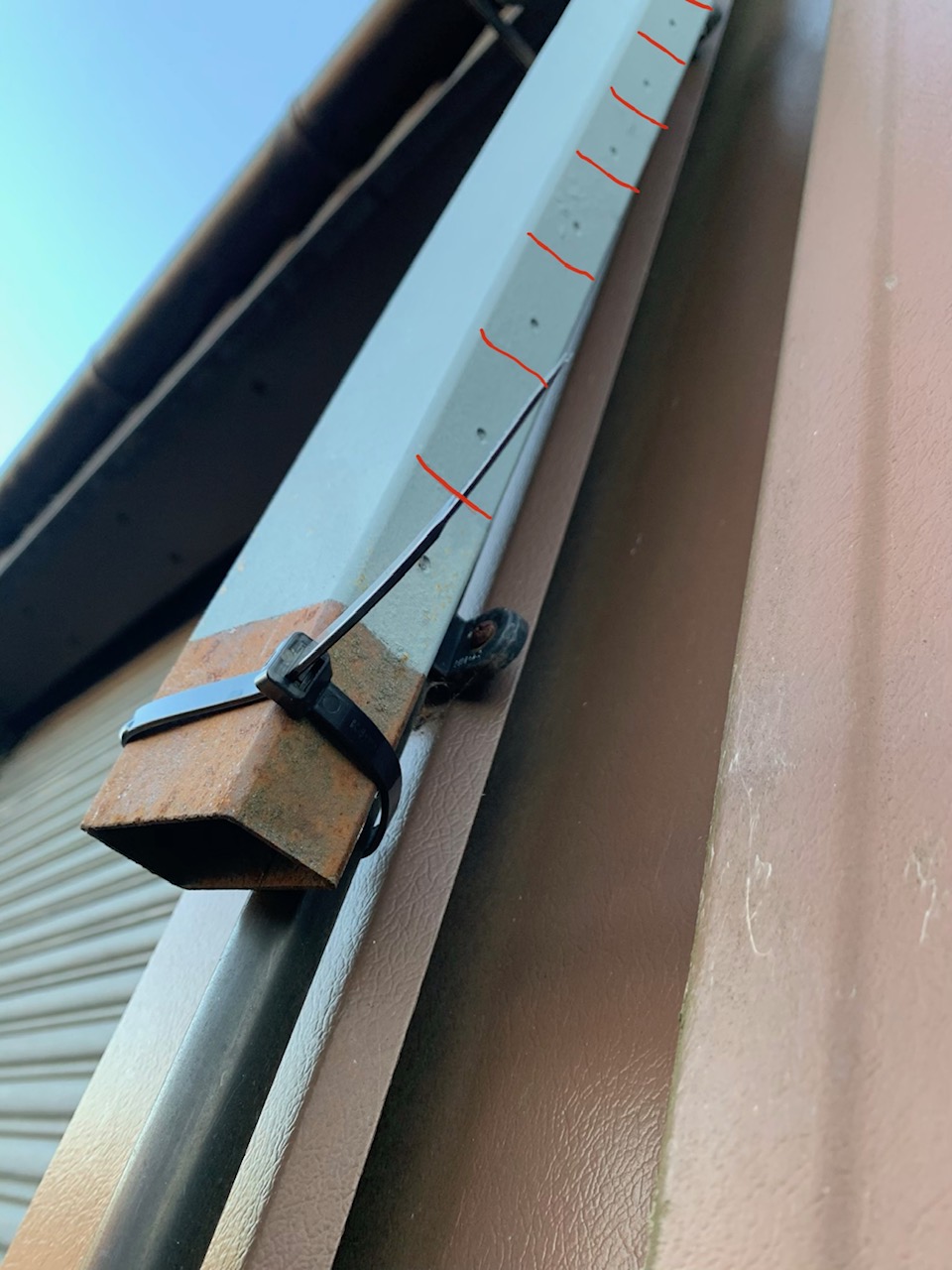Cold Galvanising Primer Paint - Testing Update 1
Cold Galvanising Primer Paint - Testing Update 1
19/01/2020 (23 Days old)
We setup a test jig to test out Cold Galvanising paint on both rusty steel and blasted steel outside, in real world conditions. That test started 28/12/2019. fast forward a few weeks, and we already have some results for you!. If you missed the setup have a look here at the testing introduction.
The test was conducted using a Molten Zinc Aerosol, using ONE COAT at a time. For effective protection you really want to lay up multiple coats with an aerosol to build up protection. What you are working on is the DFT - Short for Dry FIlm Thickness.

What has happened to the Cold Galvanising paint since december?
So far... not a huge amount. but we do have the beginnings of failure due to DFT. This isnt moisture under the paint, porosity, poor prep. We intentionally painted over blasted steel and rust, but one aerosol coat is never going to work. In short as the paint dried, it "sank" and got thinner. as a result when it dried the paint on the peaks of the metal was non existent. this is normal, and highlights the case for more paint overall, as well as to provide a stripe coat on edges.
You can see in this picture two things.
-
The red lines show you the different layers of paint. Each line represents an additional layer of paint. so the higher up you go, the more paint has been applied.
-
Surface Rust. To the untrained eye you would think the rust is coming through the paint. But that isn't the case, because there isn't enough paint here to actually cover the metal. the metal is actually poking through the paint, and jsut exposed, so whats it doing? RUSTING! the solution would of been to apply extra paint to account for the metal not being covered. we generally recommend 4>5 good coats when using aerosol primers on bare metal.
What is the difference between Rusty Metal and Sand Blasted Metal?
 The profile of the rusty metal will in almost all cases be "taller". Think of the surface of rust metal being something like the grand canyon. you need to fill the ravines and cover the tops of the canyons in paint. so you need more paint than if you were say painting Blasted steel, which would be more even, say the Cotswold. so the rougher the metal, the more paint you need for effective coverage of those peaks.
The profile of the rusty metal will in almost all cases be "taller". Think of the surface of rust metal being something like the grand canyon. you need to fill the ravines and cover the tops of the canyons in paint. so you need more paint than if you were say painting Blasted steel, which would be more even, say the Cotswold. so the rougher the metal, the more paint you need for effective coverage of those peaks.
You can see here that the face (with the dimple on it) is pre-rusted, and the face closest to us is the blasted surface. The results here match the theory above- the rusty steel has corroded first, because it has a rougher profile. What will be interesting to see in the next few weeks is if the secondary layer of paint over rust starts to corrode before the 1st layer of paint on the blasted steel.
Hi just a quick question in this cold galvanising paint, Would this be sort of equal to hot dip galvanising as I've got a few bits of steel on my land rover that are thin and I think hot dip would distort the metal
Many thanks Gillan